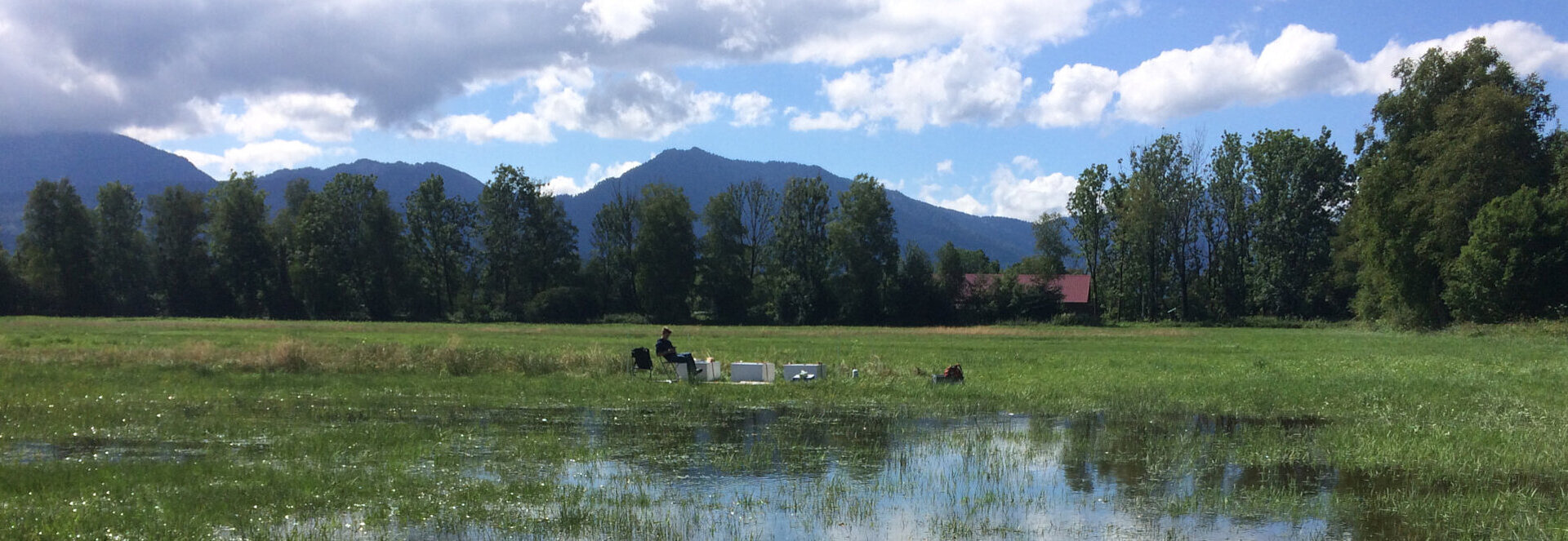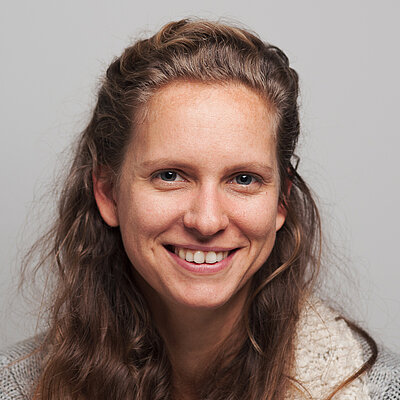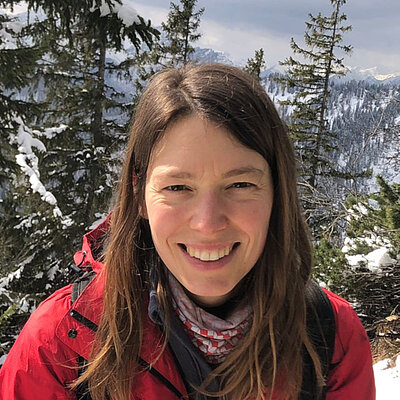Ecosystem Management in Peatlands
Peatlands can store huge amounts of carbon dioxide, giving them climate-cooling qualities when they are in a largely natural state. However, if peatlands are drained by human intervention, the carbon stored in peat bodies escapes into the atmosphere in the form of carbon dioxide. Nitrous oxide, an even more potent greenhouse gas, is also emitted, particularly from nutrient-rich fen peatlands. Moreover, peatlands, as water-dependent ecosystems, are themselves affected by climate change.
Peatlands—A Key Part of HSWT’s Climate-Change Research
Climate change is one of the nine focal areas for research at Weihenstephan-Triesdorf University of Applied Sciences (HSWT), and investigations into the climate-protection potential of ecosystem management in peatlands and forests form one of the key topics. Currently, two of the biggest research projects concerning peatlands are MOORuse and KliMoBay. Both are supported by the European Regional Development Fund (ERDF) of the European Union. Peatland research at HSWT is led and coordinated by Prof. Dr. Matthias Drösler, research professorship für climate change and peatland ecosystems. The results of this research are highly policy relevant for climate change mitigation in Bavaria and Germany.


To achieve the climate-protection targets set by Bavaria, the German government and the EU, the development of peatlands as ecological service providers has become increasingly important. Therefore, these projects are at the heart of climate-protection efforts in the rural landscape. By extensively determining the climate-protection potential of peatlands on the one hand and investigating how alternative forms of use can help achieve a better balance between land use and protection needs on the other hand, these projects are the fundamental basis for political decisions.
MOORuse: Paludiculture on Fen Peatlands in Bavaria
Drainage and intensive agricultural use of organic soils have caused peatlands to lose their beneficial ecological effects and to become hotspots for greenhouse-gas emissions instead. MOORuse is testing careful land-use alternatives by establishing four typical peatland plant types, the biomass of which can be reused. This usage can be combined with partial or complete rewetting. The objective is to restore the peatlands’ ecological functions, to prevent progressive mineralization of peat bodies, to test utilization options, and to develop financially viable solutions.
Boosting Regional Value Chains
The researchers are recording the fluxes of CO2, CH4, and N2O and modelling annual balances. At the same time, they have examined whether the target vegetation can be established successfully in terms of planting and seeding. The plants in question are reeds, cattail, bulrushes, reed canary grass, and large sedges. In two further test areas, large-scale demonstration sites have been established with the potential paludiculture types. Now that this has been successfully completed, biomass samples are being taken and their usability examined. It is hoped this will create a regional sales market, where biomass can be integrated into regional value chains in the future. For example, it can be used for energy in biogas plants and for materials in insulation boards for green building.
Doctoral Research for Practical Applications
Carla Bockermann is a doctoral candidate on the MOORuse project. “The main things that sparked my interest in the MOORuse project were its practical relevance and interdisciplinarity, because it doesn’t focus on theoretical research and instead is about creating direct implementation models for policy and agriculture. For me, it’s a perfect mix of science and practical application. My focus in the project is on measuring the greenhouse gases carbon dioxide, nitrous oxide, and methane from organic soils used for agriculture in the Freisinger Moos peatland region.”
Connecting Researchers in Life Sciences and Green Technologies
Bockermann is doing her doctorate in the “Life Sciences and Green Technologies” Joint Academic Partnership based at HSWT. She is jointly supervised by two lecturers, Prof. Matthias Drösler from HSWT and Prof. Hans Peter Schmid from Technical University of Munich. As a member of this doctoral group, she has access to a network of budding and experienced researchers all working in the same thematic area, which offers PhD candidates valuable support and networking opportunities alongside the doctoral programs at mentoring universities.
Bockermann is gaining multiple benefits from her involvement in BayWISS: “BayWISS is giving me a network, specific financial support, opportunities to share ideas with like-minded people, and visibility. Plus, the coordinator is an expert point of contact for any issues that arise and gives brilliant personal advice.”
The Path to a PhD: Joint Academic Partnerships in BayWISS
BayWISS is a platform that brings together all 11 Bavarian research universities and 19 universities of applied sciences, as well as one university of philosophy. Its goal is to strengthen the culture of cooperation between research, teaching, and further training. BayWISS is a one-of-a-kind instrument throughout Germany for institutional exchange between research universities and universities of applied sciences. By matching researchers from both types of universities, BayWISS makes it easier for junior researchers at universities of applied sciences to gain a doctorate. Through expert forums and working groups, it also creates platforms and networks for experts and achieves synergy effects benefiting the whole of Bavaria.
With its Joint Academic Partnerships, BAYWISS is setting new standards for quality-assured doctorates at universities of applied sciences: structured, transparent, and predictable paths to obtain a doctorate, networking of Bavarian researchers across all types of universities, and non-material and financial support. This is how BayWISS strengthens and accompanies outstanding graduates on their journey toward becoming excellent researchers.
KliMoBay: Climate Protection and Adaptation Potential on Bavarian Peatlands
Peatland soils covering around three percent of Bavaria emit roughly five percent of the state’s total anthropogenic greenhouse gases. The Bavarian “Moor Masterplan” combines different climate-protection measures relating to peatlands. The core objective is to reduce emissions from Bavarian peatlands by at least a third by 2050.
The KliMoBay project is delivering results that support the "Moor Masterplan" in key respects. The main outcome of KliMoBay will be extensive maps of the area showing climate-protection and adaptation potential, including specific measures differentiated by region, content, and time and with modelling up to 2050.

KliMoBay is an interdisciplinary consortium with four networked sub-projects across different subjects. This approach is essential to mapping such a complex issue, spanning science, practical relevance, and action strategies for decision-makers. The Vegetation Ecology department at HSWT initiated the project and is coordinating the collaboration.
Assessing the Peatlands’ Impact on the Climate
One of the KliMoBay sub-projects, led by Prof. Matthias Drösler, focuses on the exchange of trace gas and the peatlands’ impact on the climate. The researchers use greenhouse-gas measurement data to generate regionalized emission factors and derive control factors for modelling. They take additional measurements in location/usage combinations that have not been covered adequately and in possible fen and half-bog hotspots. This particularly concerns the long-term effects of stages of succession following restoration and management, as well as underground irrigation systems and their potential effects on the areas’ climate impact.
Developing Climate-Protection Measures That Support Biodiversity
In addition, researchers in the sub-project are creating models for greenhouse-gas calculations across Bavaria and, ultimately, for computing the peatlands’ current and predicted future climate impact. This will provide a basis for calculating the effects of different development scenarios on the Bavarian peatlands’ greenhouse-gas balance. Building on this, climate-protection measures will be developed with regard to land-use options and emission reductions, as well as maps highlighting climate-protection potential. To ensure these support location-specific biodiversity and do not negatively impact sites that require protection, the scientists are working closely with the Bavarian Environmental Protection Office to assess how far biodiversity will limit measures and what synergies may arise.
Working at a University of Applied Sciences
- What is a University of Applied Sciences?
- Getting to know Universities of Applied Sciences as a visiting researcher.
- Doing your PhD or becoming a professor at a University of Applied Sciences
From France to Bavaria for a Doctorate
Clarisse Brehier is a doctoral candidate in the KliMoBay project. The French national completed her master’s degree in engineering, majoring in energy, at Compiègne Technical University, and then worked in Berlin for a while. “It was very important to me to do my doctorate because I wanted to work in science rather than industry. Plus, the battle against climate change is an issue that’s close to my heart, so I want to work in that area in my career.”
When looking for suitable doctoral programs, Brehier came across the post in KliMoBay, which was a perfect fit with her interests. Her doctoral research involves investigating the short-term effects of rewetting measures in peatlands to find out whether they have an impact on the climate or not. She does her research and other work at HSWT and is jointly supervised by Prof. Drösler from HWST and Prof. Ralf Ludwig, based at LMU Munich.
Speaking about the early days of her doctorate in Bavaria, she explains: “The practices in doctoral projects are very different in Germany compared with France. Here, doctoral programs are more independent, which has its advantages, but it also means I had to find my own way at the start—simply because I had different expectations. I then spoke with my doctoral supervisor and the head of the KliMoBay project, and we found a way together. So, my tip is simply reach out if something is unfamiliar to you or problems come up, and then you’ll find a solution.”





